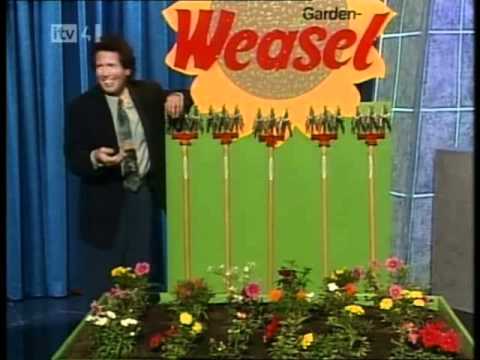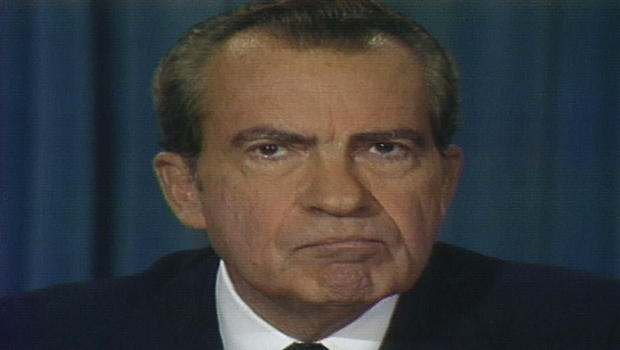What Do ‘Bonanza’, The Beatles And Bozo Have In Common?
The amazing Alan Livingston…that’s what!
Livingston was best-known for his years as president of Capitol Records during the 1960s, when he signed The Beatles, but he also created Bozo The Clown and as an NBC executive, was responsible for ‘Bonanza’ coming to the screen.
As Capitol’s president, he signed artists like The Beach Boys, Steve Miller and The Band. His most famous signing, however, took longer than might be expected.
Livingston first heard about the Beatles in 1963 when he read about the group in the English music press. The Beatles’ records were being released in the United Kingdom by EMI. And because EMI was Capitol’s major stockholder, Capitol had the right of first refusal on the Beatles in America. But Capitol rejected the Beatles’ early hit singles as unsuitable for the American market.
Livingston finally received a call from the Beatles’ manager, Brian Epstein, from London wanting to know why there was no interest in the group. When Livingston said he hadn’t even heard the Beatles sing, Epstein told him to listen to one of their records and call him back.
Livingston did, and the Beatles signed with Capitol, which agreed on a $40,000 budget to promote their first single. In February 1964, the Beatles made their first appearance on “The Ed Sullivan Show,” and Beatlemania in America was in full swing.
While growing up, he took saxophone and clarinet lessons, and his brother, Jay, studied piano. Jay later teamed with fellow songwriter Ray Evans, and they shared Oscars for writing “Buttons and Bows,” “Mona Lisa” and “Que Sera, Sera.” Jay Livingston died in 2001.
While at the University of Pennsylvania, Livingston and his brother paid expenses by forming an orchestra that played at fraternity dances and school events. After serving in the Army as a second lieutenant during World War II, Livingston was hired by Capitol Records in Hollywood in 1946 as a writer and producer of storytelling record albums with illustrated read-along books for children.
He called the new concept a “record-reader.”
After writing “Bozo at the Circus,” Livingston worked with an artist to create the clown narrator — a composite design of Livingston’s based on various clown pictures — and he hired former clown and cartoon voice-over artist Pinto Colvig to supply Bozo’s voice.
“Bozo at the Circus,” with music produced by Billy May, was a big hit, with the series reportedly selling more than 8 million copies over the next several years and spawning Bozo merchandise and Bozo-hosted TV shows.
Other Livingston-written and produced children’s recordings followed, featuring Woody Woodpecker and various Disney and Warner Bros. cartoon characters.
In the early ’50s, after becoming vice president in charge of creative operations at Capitol Records, Livingston signed Frank Sinatra, then at a low point in his career, and teamed him up with arranger Nelson Riddle — a pairing that launched Sinatra’s comeback on the charts.
Livingston, who was married for several years to actress Betty Hutton, left Capitol in the late ’50s. He became vice president of NBC network television programming, during which he supervised the pilot for the western series “Bonanza.”
Livingston returned to Capitol Records as president in the early ’60s and became chairman of the board before leaving again in 1968. He later formed his own company, Mediarts, which was involved in movies, records and music publishing.
From 1976 to 1980, he was group president for 20th Century Fox Film Corp.’s television production, records, music and film processing operations.
He then became president of Atalanta Investment Co., a position he resigned in 1987. He also wrote a novel, “Ronnie Finkelhoff, Superstar.”
Now THAT’s one hell of a carrier! Gone but not forgotten…Alan W. Livingston left us March 13, 2009. Thanks to Glenn Mack for recommending some research into Mr. Livingston. Enjoy and share!
In the photo, we see Livingston presenting The Beatles with their first, of many, gold records from Capitol.
Source






